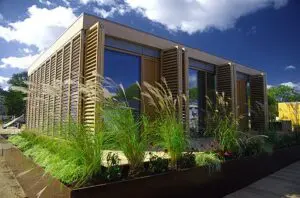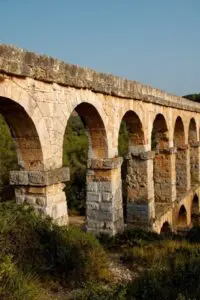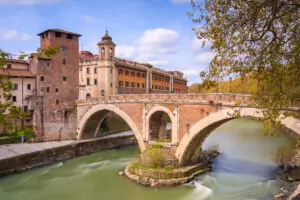Activity Content Sections
Instructions
Relevant Terminology
Distributed load: The weight that something must support, distributed evenly across a surface. The weight of the ball on the trophy is a load that has to be distributed to prevent the trophy from toppling over or crumpling.
Prototype: An initial model of something from which other variations or innovations are developed.
Structural stability: The ability of a structure to support a designed load or weight without breaking, tearing, or collapsing.


 Designate a space where a facilitator can introduce the activity to participants and where participants can inspect the sports balls they will design for. Organize whole group materials into separate supply bins. Have cones/cylinders and masking tape ready to distribute to teams. Designate an area for construction and another area for testing and measuring.
Designate a space where a facilitator can introduce the activity to participants and where participants can inspect the sports balls they will design for. Organize whole group materials into separate supply bins. Have cones/cylinders and masking tape ready to distribute to teams. Designate an area for construction and another area for testing and measuring. Each ball has a goal height for the trophy that will hold it: tennis at 50 cm, baseball at 40 cm, basketball at 40 cm, soccer at 35 cm, and bowling at 25 cm.
Each ball has a goal height for the trophy that will hold it: tennis at 50 cm, baseball at 40 cm, basketball at 40 cm, soccer at 35 cm, and bowling at 25 cm.



Leave feedback form
Thank you! Your submission is processing.